ASUS Z97 Motherboards Preview
The official Intel 9-series chipset launch isn't for a few weeks yet – May 11th to be precise. However, in response to a series of leaks, ASUS has given the go ahead for the media to publish any and all information about their plans and products related to the launch. That said, most information about the chipsets themselves, including performance numbers, are still under Intel's embargo. As such, what we'll be discussing here is a selection of products, features and information that ASUS presented us earlier in the month – effectively an extensive preview of the ASUS Z97 range of motherboards (other 9-series chipsets are not included). As of just a few days ago, we do have Z97 samples, but we're holding out for the official launch before we take a more comprehensive look at specific models.For those who don't know, Z97 is the upgrade to the Z87 chipset. It uses the same LGA1150 socket, and is compatible with Intel's Haswell CPUs, as well as its upcoming Haswell refresh and Broadwell ones.
Each of ASUS's motherboards will fall into one of three ranges: the standard Z97 one, TUF (The Ultimate Force) or ROG (Republic of Gamers). For the Z97 one, ASUS is using a new colour scheme, with the subtle gold and black being a massive improvement (to our eyes) over the garish yellow and black one introduced on its Z87 boards. The company had six models on show; the Z97-Deluxe, Z97-WS, Z97-Pro, Z97-Pro (WiFi ac), Z97-A and Z97I-plus. However, given the extent of its Z87 range, you can expect more to trickle into the product stack after the launch.
Every ASUS motherboard with the Z97 chipset has what the company calls Dual Intelligent Processors 5 with 5-way optimisation, an extension of the 4-way one from the Z87 motherboards. The five pillars of it are the TPU, EPU, DIGI+ Power, Fan Xpert 3 and Turbo App, which is the new addition.
The TPU is the TurboV Processing Unit, which can be used for automatic hardware level overclocking using just the CPU ratio or a combination of the CPU ratio and the BCLK. The EPU (Energy Processing Unit), meanwhile, is used for power saving, and DIGI+ Power refers to ASUS's digital voltage regulation and power delivery for components like the CPU, iGPU and DRAM.
The TPU, EPU and DIGI+ Power carry over from Z87 effectively unchanged, but Fan Xpert 3 is an upgrade from Fan Xpert 2. This desktop software can detect and control all of your system fans (both PWM and DC models), and it uses an array of thermal sensors located on the motherboard to configure itself. There's an extra header on the motherboard that allows you to add another sensor too. Fan Xpert 3 brings a new extreme quiet mode for PWM CPU fans that allows it to lower the fan's minimum rotation speed beyond the usual limit, so in certain scenarios you can run your PC at lower noise levels.
The new addition, Turbo App, is another software optimisation. It allows users to set the CPU performance, audio scene and network priority for each of their applications. The settings used will be based on whichever application that's currently open has the highest priority (which users also select).
ASUS's UEFI BIOS brings with it a few new features as well, including an EZ Tuning wizard for overclocking and setting up RAID arrays. You're also able to auto tune system fans with a single click, and use a new graphical interface to set up your own temperature based fan curves. The My Favorites feature will also be introduced across the range, allowing you to create an easily accessible list of your most used BIOS settings.

MSI MPG Velox 100R Chassis Review
October 14 2021 | 15:04



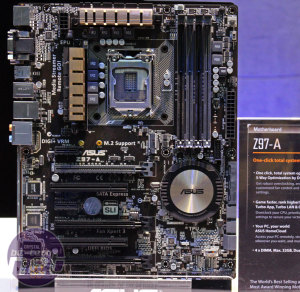
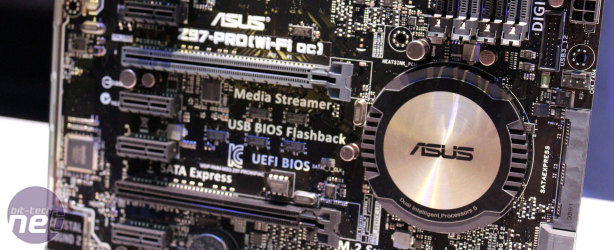



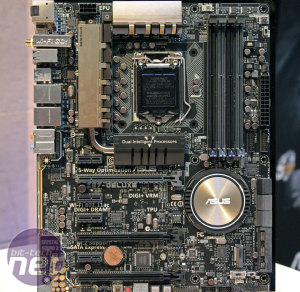
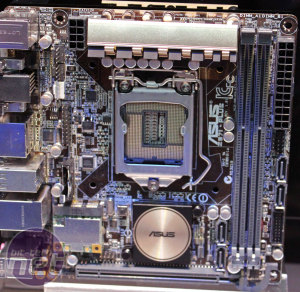
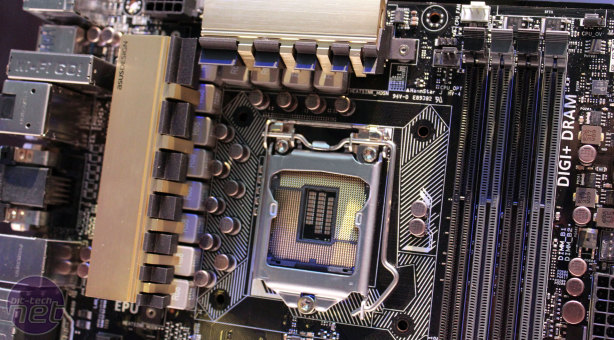







Want to comment? Please log in.